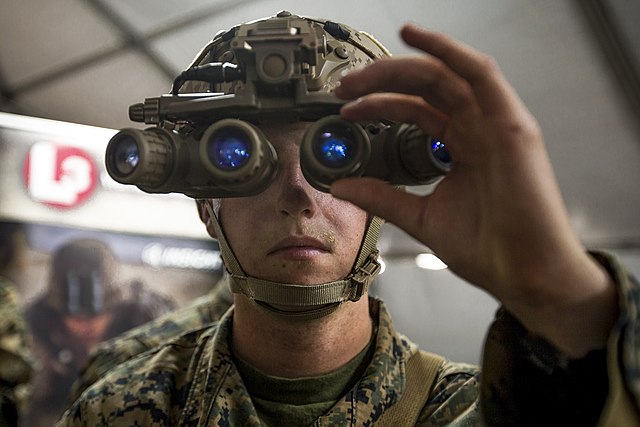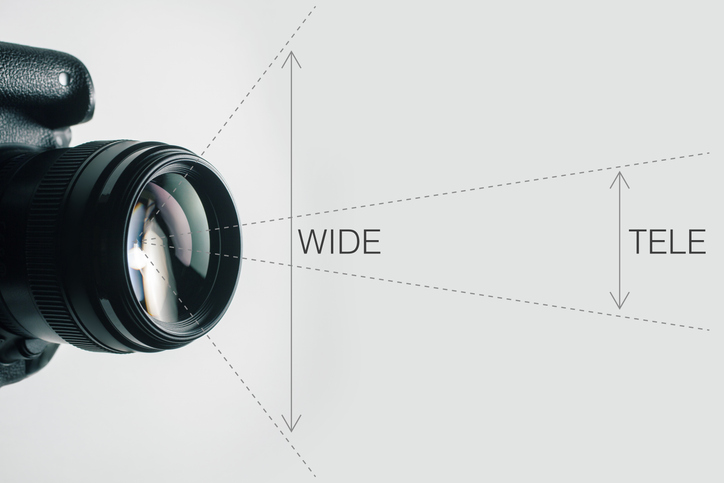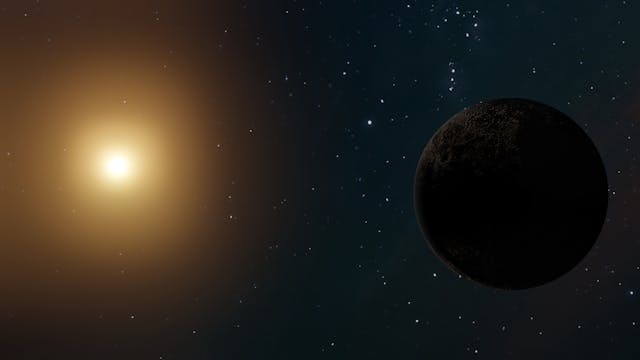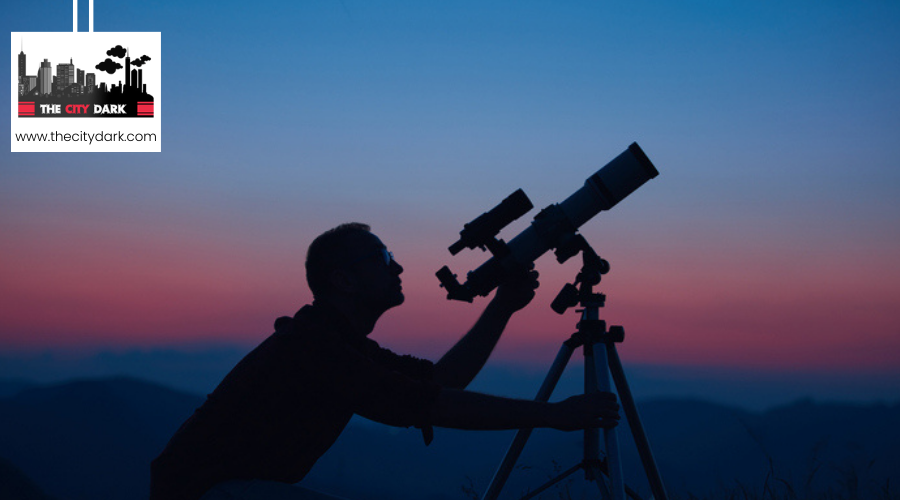Indeed, night vision markedly improves your astrophotography. It enables capturing celestial bodies in dim light, enhancing visibility of faint stars and planets. It counters bright light interference, courtesy of auto-gated tubes. Choosing a compatible device with your camera is key; options like manual gain control or C-mount optics aid in adjusting image brightness and attaching lenses with ease. This results in clearer stars and galaxies, diminished light pollution, and notably better astrophotography quality and efficiency. Interested in how? You’re on the right track to discovering more.
Key Takeaways
- Night vision amplifies light, clarifying stars and galaxies in photos.
- Auto-gated devices avoid blooming from bright lights, keeping photos clear.
- Filters, like the 610nm, cut light pollution, sharpening images in cities.
- Night vision means shorter exposures, making astrophotography more efficient.
- It cuts light pollution’s effects, revealing the night sky’s hidden details.
Understanding Night Vision Technology

To boost your astrophotography, learn how night vision technology makes celestial objects clearer in low light. Night vision uses a special process. It takes weak night sky light and turns it into visible images. This is crucial for capturing the detailed beauty of the stars.
NV tubes are at the core of night vision, making our eyes more sensitive. This lets us see dim objects we’d normally miss. This extra sensitivity can make your astrophotography stand out, showing the complex details of stars and planets.
The introduction of auto-gated tubes has changed the game. They stop bright lights from ruining images, keeping your photos clear and sharp. Getting to know these parts and what they do is more than technical. It’s your step to becoming great at astrophotography. By understanding night vision, you unlock the ability to photograph the night sky like never before.
Choosing the Right Night Vision Device
When you pick a night vision device for astrophotography, make sure it works well with your camera gear. It should not only attach easily but also match your camera lens’s focal length and capabilities. This way, you’re ensured of capturing sharp, detailed images of the night sky.
Choose devices with manual gain control. This lets you tweak the brightness of your images, crucial for capturing the night sky’s subtle beauty. Without it, your pictures might be too bright or too dark, losing the fine details of celestial bodies.
Opting for a night vision device with auto-gated technology is wise. It stops blooming from bright lights, ensuring sudden flashes don’t spoil your images. A device with C-mount optics is also good, as it makes attaching your camera lens easy, adding flexibility to your astrophotography.
Benefits for Astrophotography
Having explored selecting the right night vision device, let’s see how this tech improves astrophotography. Night vision amplifies light, letting you see stars and galaxies clearly. This changes everything. With night vision, you’re not just taking photos; you’re uncovering details of the universe hidden in darkness.
A big plus is shorter exposure times. You get detailed shots quickly, making your astrophotography more efficient. Shorter exposures also mean better quality photos, letting you capture the night sky’s beauty more easily.
Night vision also cuts down on light pollution, a big problem for city-based astrophotographers. It makes low-light details clearer, ensuring city lights don’t ruin your astrophotography. Simply, night vision not only makes it easier to photograph the night sky but also improves the quality of your work.
Overcoming Light Pollution
Light pollution is a big problem for astrophotographers in the city. But, there’s a way to beat it: night vision technology. This tech lets you see and take pictures of the night sky, even when city lights are bright. It makes faint stars and galaxies bright enough to see and photograph from places filled with light pollution.
Night vision makes the light from stars and galaxies stronger. It’s like making your camera more powerful, cutting through light pollution to show the stars clearly. Your astrophotography will improve a lot with night vision. Pictures that once looked dull and washed out will become full of life, color, and detail.
Essential Filters for Clearer Images
To capture the night sky’s true beauty in urban settings, you need the right filters for your night vision gear. A 610nm long pass filter cuts down on light pollution, making images clearer. For those with big telescopes, a 12 or 7nm hydrogen-alpha filter really brings out nebulae and other far-off space wonders.
Here’s a simple guide:
- A 610nm filter reduces city lights. It makes images clearer.
- A 12 or 7nm filter reveals the deep sky’s marvels.
- Two-inch filters fit many telescopes. They’re versatile.
- Place filters at the optical train’s end for the best effect. This choice sharpens the view of celestial objects.
Follow these to enhance sky watching in cities.
Optimizing Focal Arrangements

Improving your focal setups makes your night vision astronomy faster and gathers more light, making stars and galaxies clearer. Knowing how focal ratios affect night vision is key to better astrophotography. The focal ratio is the relationship between your telescope’s aperture and focal length. It’s crucial for light gathering and quick focusing.
Lower focal ratios capture more light quickly, perfect for night vision astrophotography. This is important for taking pictures of deep-sky objects where light is scarce. But, longer focal lengths, despite their magnification, may not be the best for night vision. They can reduce the light collected, making images less clear.
To find the best focal reduction, you need to do some math, but it’s worth it. Calculating the right focal ratio for your night vision setup not only captures more light but also improves your astrophotography’s quality.
Housing Configurations for Best Results
As you explore night vision astrophotography, understand the significance of housing setups. Perfecting camera settings and ensuring mount stability are crucial. These factors significantly improve your nighttime sky photos.
Optimal Camera Settings
Selecting the right housing configuration, such as the PVS-14 or Mod 3 Bravo, is crucial for capturing the night sky’s beauty in astrophotography. These options provide a wide view and the flexibility to use different lenses, helping you take breathtaking photos of the stars. Here’s a simple guide on their benefits:
| Feature | PVS-14 | Mod 3 Bravo |
|---|---|---|
| Versatility | High | Higher |
| Durability | Strong | Strong |
| Manual Gain Adjustment | Yes | Yes |
| Optics Compatibility | Some | More |
| Preferred Environments | Various | Various, better with Auto-gating |
Mount Stability Importance
Mount Stability’s Paramount Role in Astrophotography
Why is the steadfastness of your mount non-negotiable when setting up your PVS-14 or Mod 3 Bravo for capturing the cosmos? It’s simple: precision in those awe-inspiring celestial images hinges on it. Here’s the essence:
- Stability ensures the core functionality of your night vision equipment, crucial for capturing intricate details of the night sky.
- The robustness and adaptability of the PVS-14 minimize vibrations and blurring in your photos.
- The C mount optics of the Mod 3 Bravo facilitate swift lens changes and compatibility, broadening your setup’s adaptability.
- *Adjusting the gain manually* in these setups allows for meticulous control over how celestial bodies are depicted, ensuring your captures are the finest they can be.
In short, a steadfast mount is the key to elevating your night vision astrophotography from good to exceptional.
Capturing Stunning Celestial Bodies

You’ve grasped night vision’s role in astrophotography. Now, let’s capture celestial wonders. Using night vision correctly, you’ll photograph galaxies, nebulae, and star clusters vividly. We’ll show you how to perfect night vision in celestial photography, capturing the universe’s magnificence with precision and clarity.
Night Vision Benefits
Leverage night vision technology to elevate your astrophotography, revealing the night sky’s wonders in unprecedented clarity. This technology, a potent optical enhancer, brings the cosmos to life by magnifying light.
- Night vision magnifies light from distant celestial bodies, making them visible.
- Instead of struggling with faint celestial light, night vision ensures stars and galaxies stand out.
- Night vision not only shortens exposure times but also brings faint deep-sky objects like nebulae and galaxies into clear view with less effort.
- Night vision boosts efficiency in capturing stunning celestial scenes.
Adopt night vision for astrophotography to see the night sky’s extraordinary detail.
Techniques for Celestial Shots
Having explored the benefits of night vision in astrophotography, let’s now delve into mastering the art of capturing celestial wonders. Night vision technology, when paired with the correct approach, can significantly elevate your celestial photography. Here’s a simpler, more impactful guide on how to use it effectively:
- Night vision helps. It makes stars clearer. Pair it with light amplification.
- Control brightness. Sharpen clarity. Don’t just adjust ISO and exposure; master them.
- Instead of avoiding overexposure, aim for the perfect light balance.
- Use telescopes correctly. Prime or afocal setups work best. Experiment. Find what enhances the stars for you.
Frequently Asked Questions
Can You See More Stars With Night Vision?
Night vision lets you see more stars. It boosts star light, slicing through light pollution to reveal dimmer stars, enhancing your star-watching.
Is Night Vision Good for Stargazing?
Night vision excels in stargazing. It defeats light pollution and enhances telescope use, revealing galaxies and nebulae with clarity. Celestial wonders emerge swiftly, no long waits required.
What Are the Benefits of Night Vision Technology?
Night vision technology proves invaluable for military tasks and watching wildlife. It boosts faint light, cuts down on light pollution, and keeps clear vision even under bright lights, enhancing your night activities.
How Good Is Human Night Vision?
Your night vision, not too shabby, has its limits. After adapting, peripheral vision aids in darkness. Not owl-level, yet something.
Conclusion
In conclusion, using night vision for astrophotography is transformative. Choose the right tool to beat light pollution and get clearer celestial shots. Remember, filters are crucial, and so is adjusting your focus. With the right setup, the night sky is yours to capture in new ways. Dive in, try things out, and let night vision reveal a new world in your photography.

